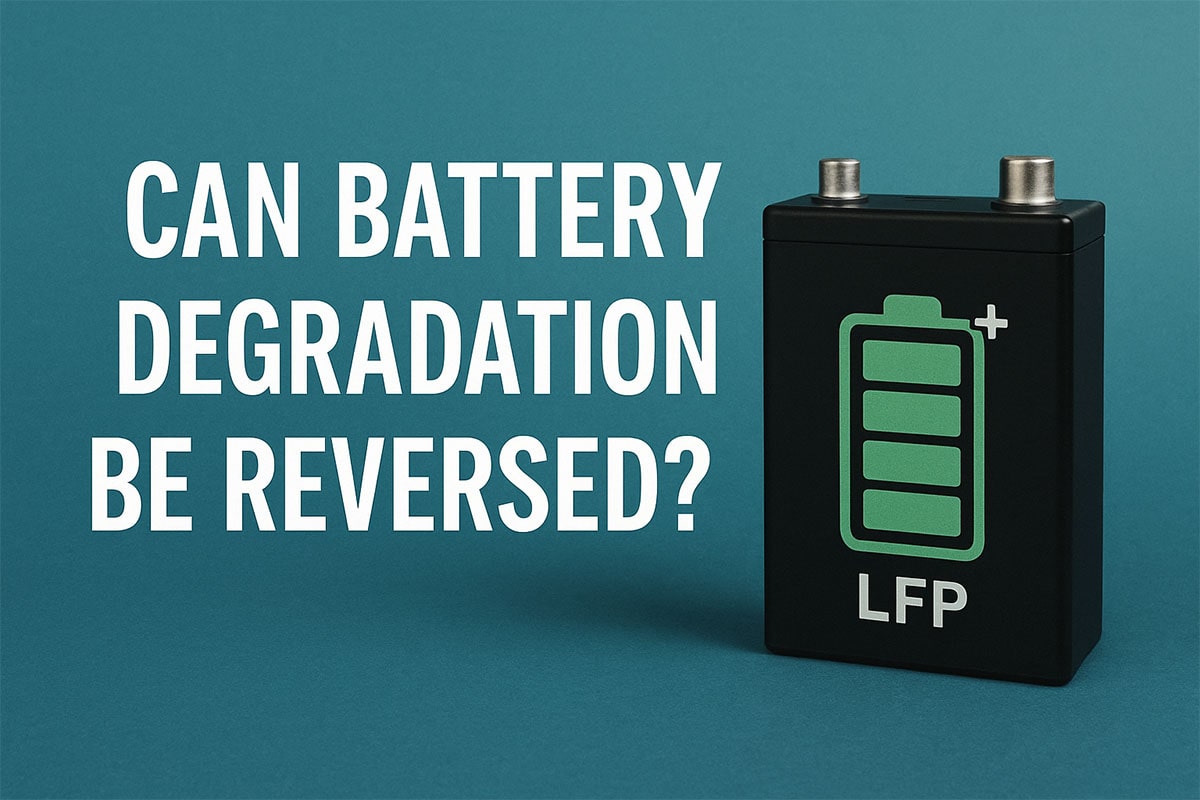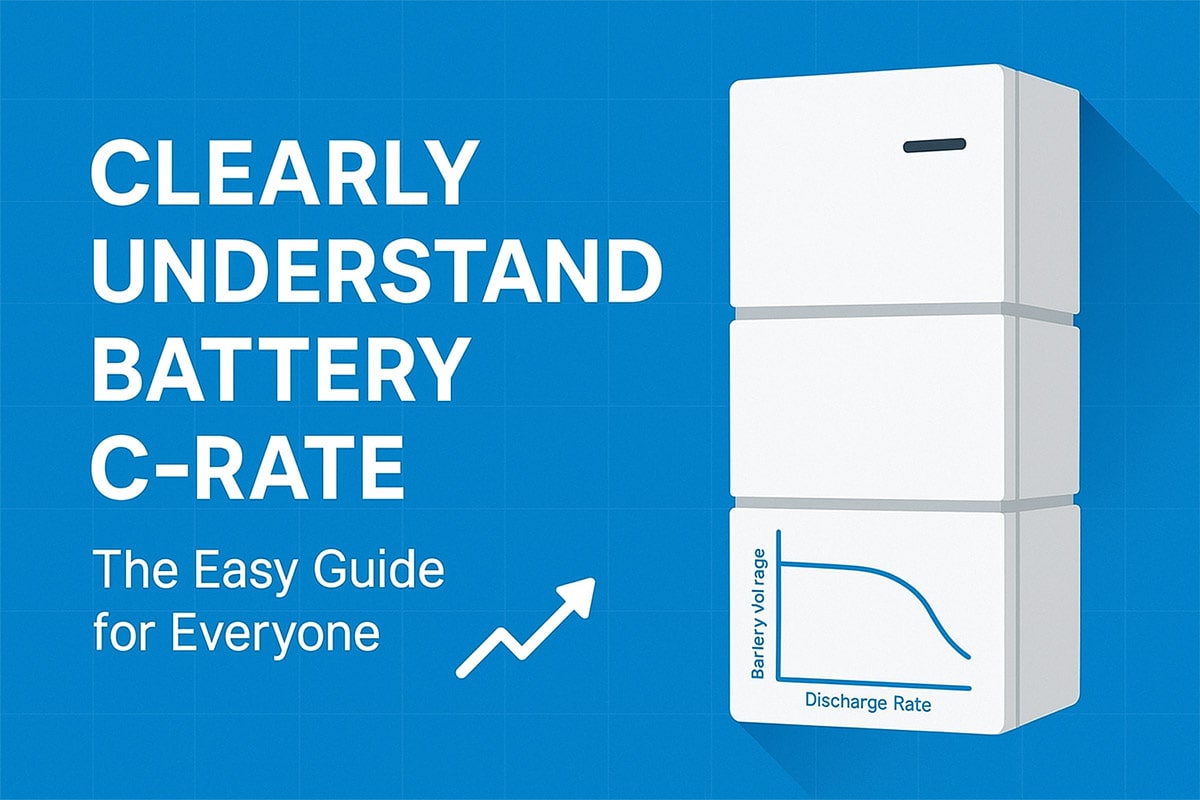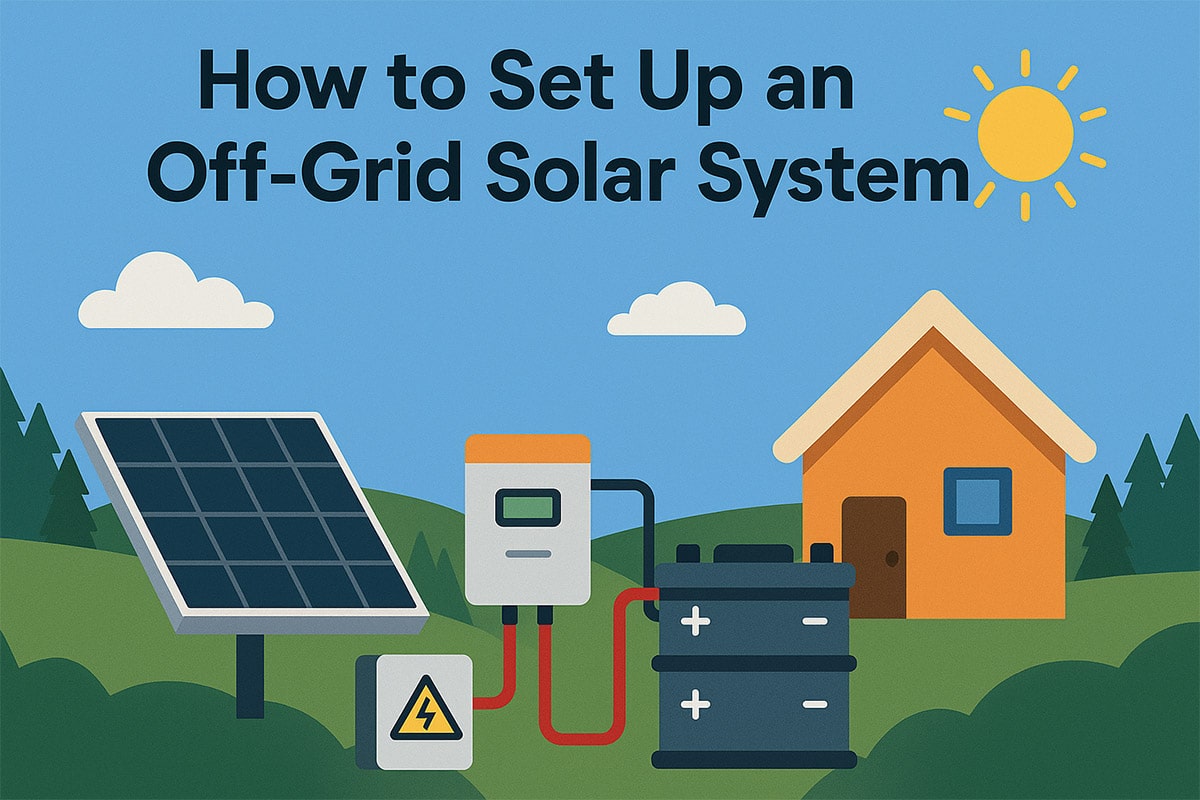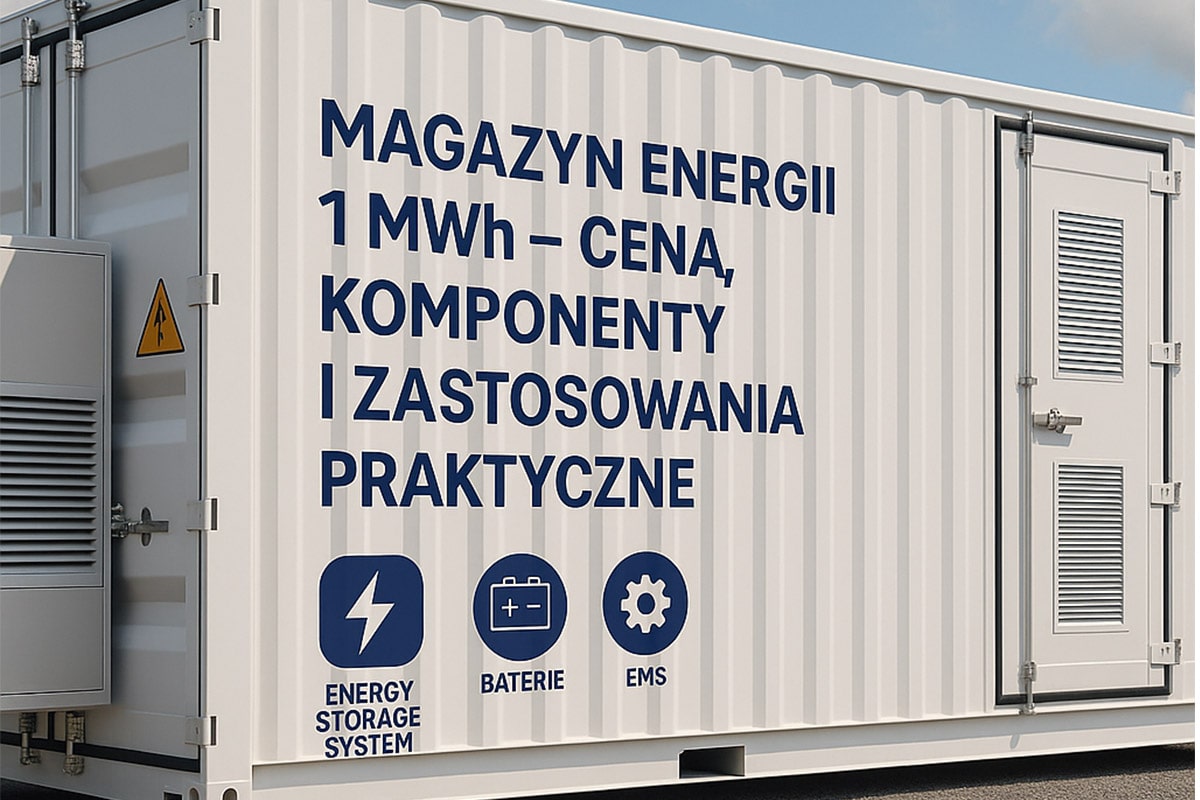Let Solar Panels Sweat to Cool Down
Let Solar Panels Sweat to Cool Down
Like humans, solar panels cannot function properly if they get too hot. Now, however, researchers have discovered a way to cool them down by making them “sweat,” increasing energy output, reports Science.
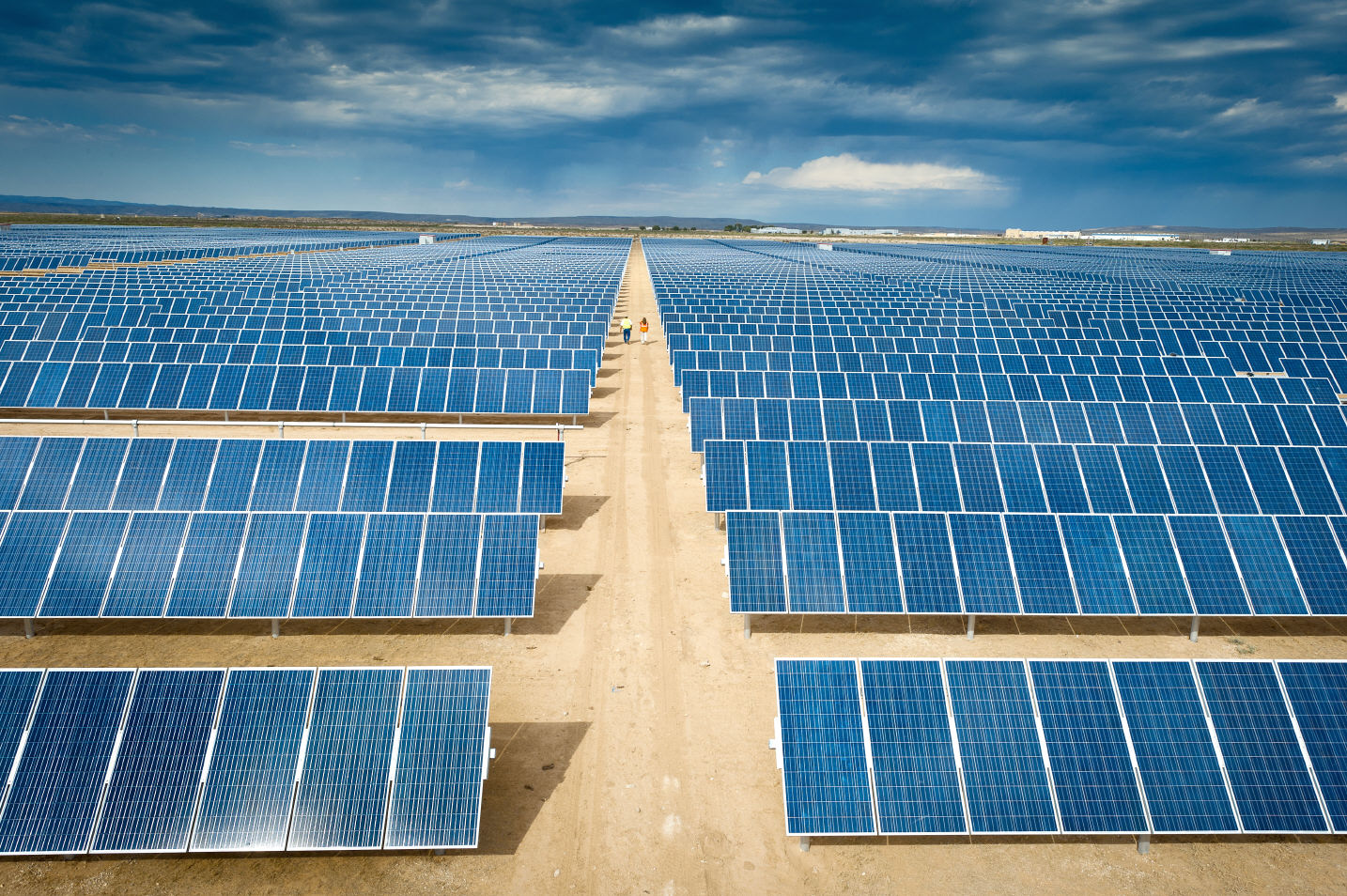
“This is a simple and effective way to retrofit existing solar panels that can immediately increase efficiency,” said Liangbing Hu, a materials scientist at the University of Maryland, College Park.
Today, there are more than 600 GW of solar power generation capacity worldwide, meeting 3% of global electricity demand. This capacity is expected to grow fivefold over the next 10 years. Most solar panels use silicon to convert light energy into electricity. But traditional silicon cells can only convert 20% of solar energy into electricity, and most of the rest is converted into heat, which can heat up the panel by 40 degrees Celsius. Whenever the temperature exceeds 25 degrees Celsius, the efficiency of the panel will drop. Zhou Jun, a materials science expert at Huazhong University of Science and Technology, said engineers “struggled” to increase power conversion efficiency by 0.1%, because even a 1% increase in production capacity would bring economic benefits.
Decades ago, researchers discovered that cooling solar panels with water could increase their conversion efficiency. Some companies also sell water-cooled systems today, but these units require a lot of water as well as tanks, pipes and pumps. In arid regions and developing countries that lack infrastructure, this is rarely feasible.
In recent years, researchers have devised materials that can absorb water vapor from the air and condense it into liquid water for drinking. The best of these is a gel that absorbs water vapor at night when the air is cool and humidity is high. The gel, a mixture of carbon nanotubes in a polymer and calcium chloride salt, condenses water vapor into water droplets that are encapsulated. When temperatures rise during the day, the gel releases water vapor. If covered with clear plastic, the released vapor is trapped and condenses into liquid water, which flows into the storage container.
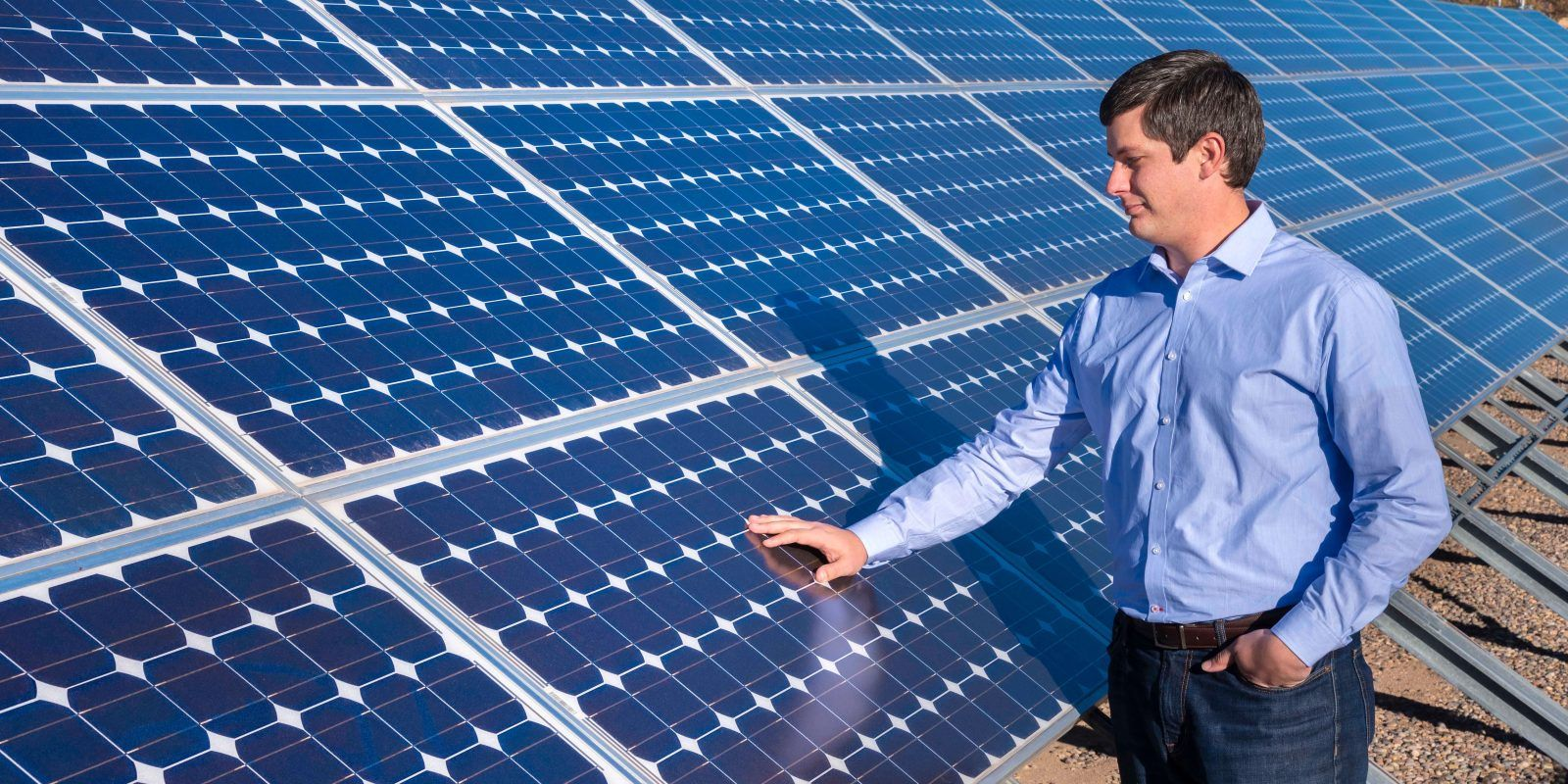
As a result, Wang Peng, an environmental engineer at the Hong Kong Polytechnic University, and his colleagues thought of another use for condensed water: a coolant for solar panels. The researchers pressed a 1-centimeter-thick sheet of the gel onto the bottom of a standard silicon solar panel. The idea is that during the day, the gel absorbs heat from the solar panels and releases water vapor. Evaporating water cools the solar panels, just as sweat evaporating from the skin cools the human body.
The researchers found that the amount of gel needed depends largely on the humidity of the environment. In a desert environment with 35% humidity, 1 kg of gel is needed per square meter of solar panels to cool; in a muggy area with 80% humidity, only 0.3 kg of gel is needed per square meter of panel cooling.
Regardless of the application scenario, the result was the same: the temperature of the water-cooled solar panels dropped by 10 degrees Celsius. On May 11, Wang Peng and his colleagues reported in “Nature-Sustainable Development” that in an outdoor test, the power generation of the panels increased by an average of 15% and a maximum increase of 19%, and the wind may have enhanced the cooling effect. .
But Zhou Jun pointed out that rainwater will dissolve the calcium chloride salt in the gel, weakening its water absorption performance. Wang Peng said that the gel is located at the bottom of the solar panels and should be able to avoid rain. At the same time, their team is developing a second-generation gel that will not degrade even when exposed to water.
Another design option is to have a device that collects and recondenses the water after it has evaporated. The water can be used to clean dust accumulated on solar panels, or it can be stored for drinking, solving urgent needs in arid regions, Wang Peng said.

